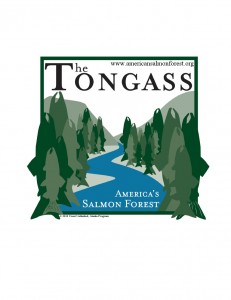Alaska's Tongass National Forest Shifts Focus from Timber to Salmon
Jim Leslie’s life used to revolve around cutting old-growth timber. These days the Vietnam vet and longtime resident of Wrangell, Alaska, makes his living behind the wheel of jet boats, ferrying visitors to picturesque areas to view wildlife, glaciers and salmon.
“My bread and butter is the independent traveler,” he says.
Leslie’s career transition is not uncommon these days in towns scattered across the 17-million-acre Tongass National Forest, a lush and remote place known more for its heated environmental battles than for its tidewater glaciers, humpback whales and zip-line adventures. But change is afoot in this far-flung corner of the United States.
Increasingly, the rain-drenched Tongass of Southeast Alaska is becoming known as a salmon forest and a tourist destination. As the economy of Tongass dramatically shifts, the area’s main landlord — the U.S. Forest Service — is counting on people like Leslie to chart a new course for America’s largest and most rugged national forest.
In the words of Regional Forester Beth Pendleton, top Forest Service official in Tongass, “This time is ripe for an infusion of new opportunities and energy.”
Read more about the Tongass in the summer issue of American Forests Magazine and engage with the work Trout Unlimited, Alaska Program, is doing to conserve and protect fish habitat in America's top salmon forest.



